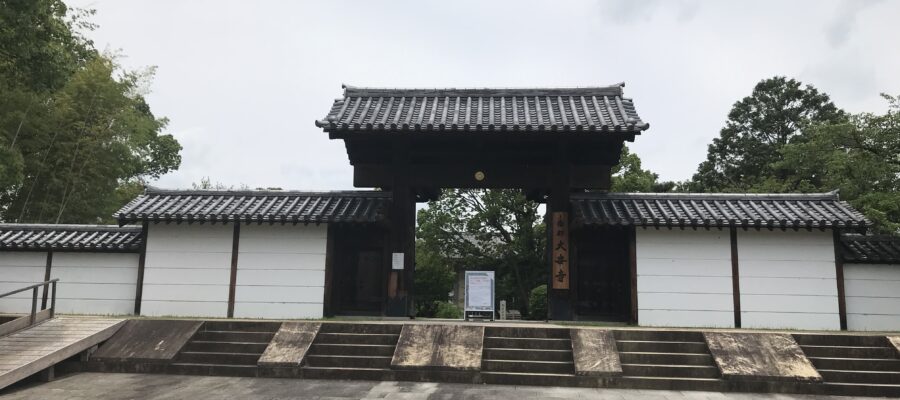何度も名前を変えた大安寺
日本最古の寺院の一つとして知られる大安寺は、もともと聖徳太子が平群の地に建てた祈りの道場「熊凝精舎」であったと言われています。その後、百済大寺と名前を変え、藤原京の時代には高市大寺、次いで大官大寺と名乗り、飛鳥時代の中心寺院として栄えました。
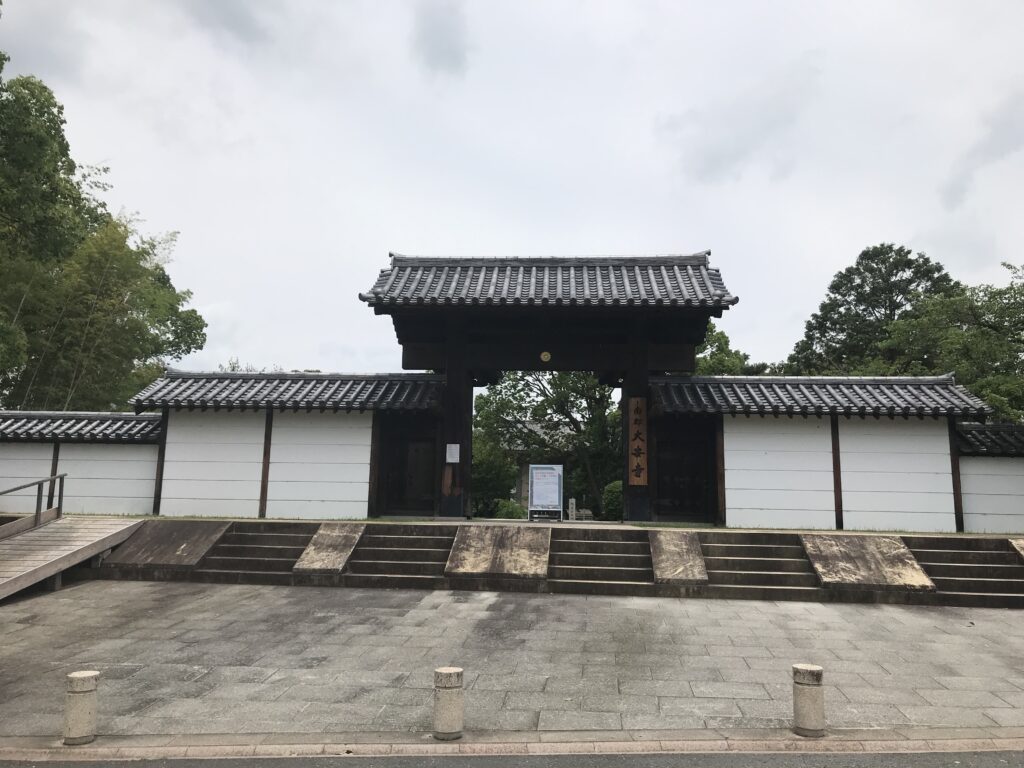
平城京遷都に伴い、現在の場所に移って大安寺となりました。爾来、1000年以上の歴史を刻んできたお寺です。私が大安寺の名前を知ったのは、弘法大師 空海のことを調べていたときです。私度僧の時に、このお寺でいろいろと学んでいたようです。
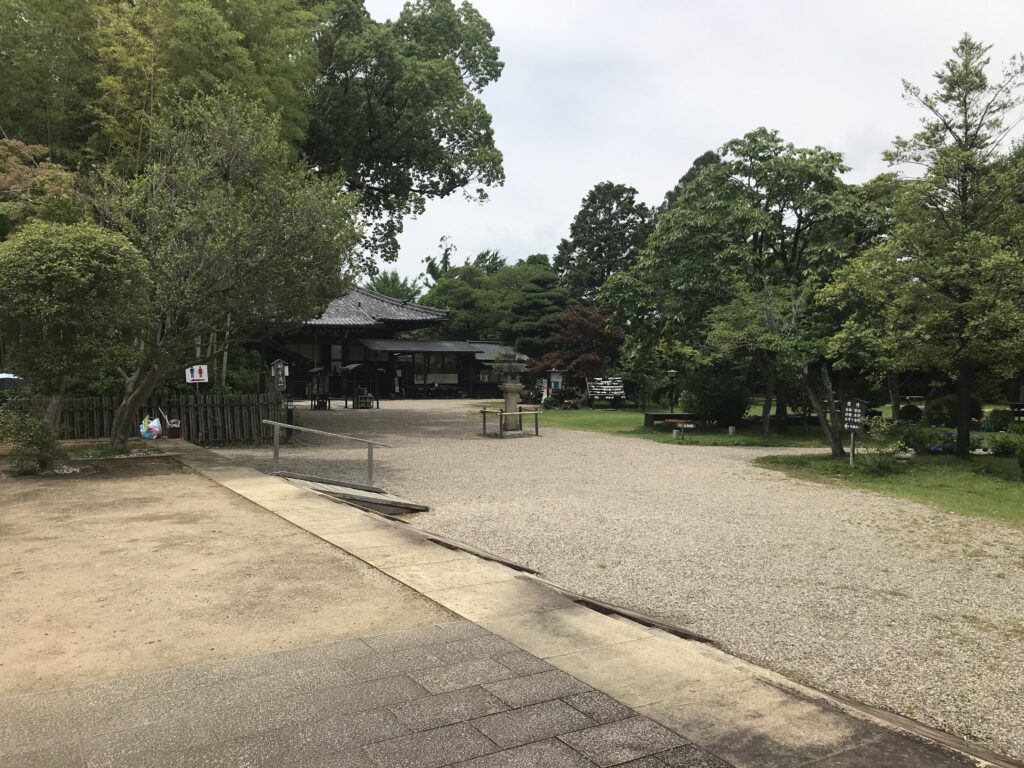
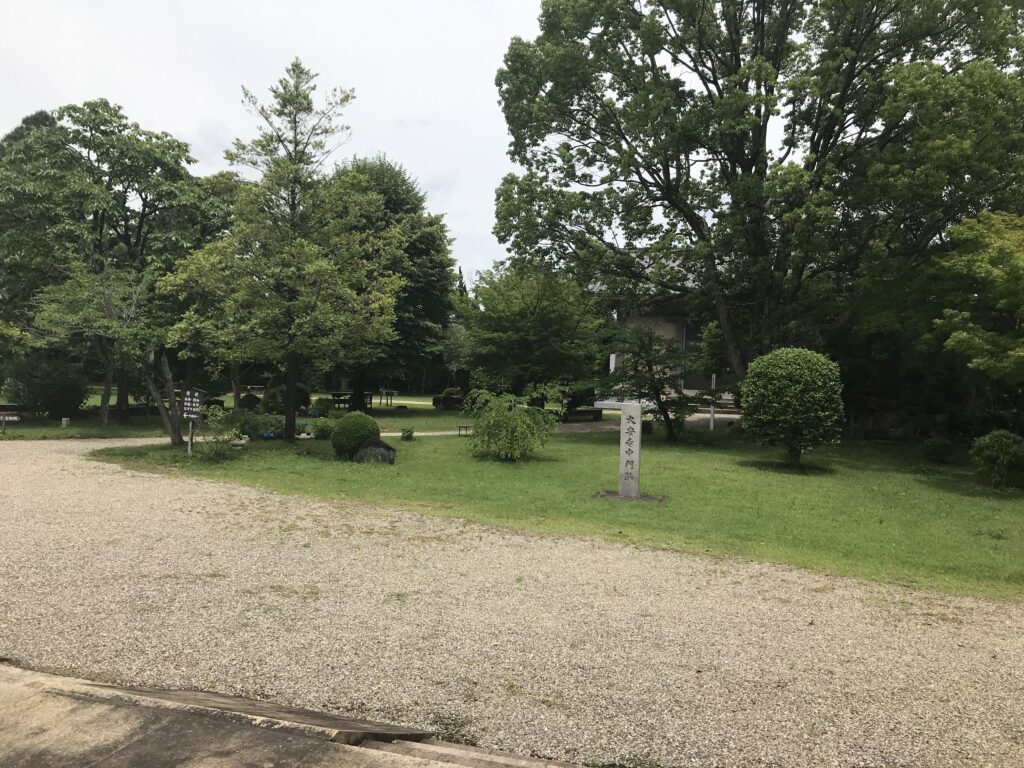
往時は877人の僧が住んでいた
当時の大安寺は25万㎡の公団な敷地に90以上の建物が立ち並び、877人の僧侶が住んで、勉学修行に励んでいた場所です。現在で言えば、大学に相当する学びの場であり、海外から来日した僧もいて、最新の学問を学べる場所でもあったそうです。また、南大門の南には立派な七重塔が2塔建っていました。
残念ながら、現在では往時の姿をうかがい知ることができませんが、当時からの仏像が今も残っています。本堂のご本尊は平安時代の十一面観音で、がん封じなどの祈祷が日々行われています。宝物殿である、讃仰殿には不空羂索観音、楊柳観音、聖観音、四天王像の諸仏が安置されています。
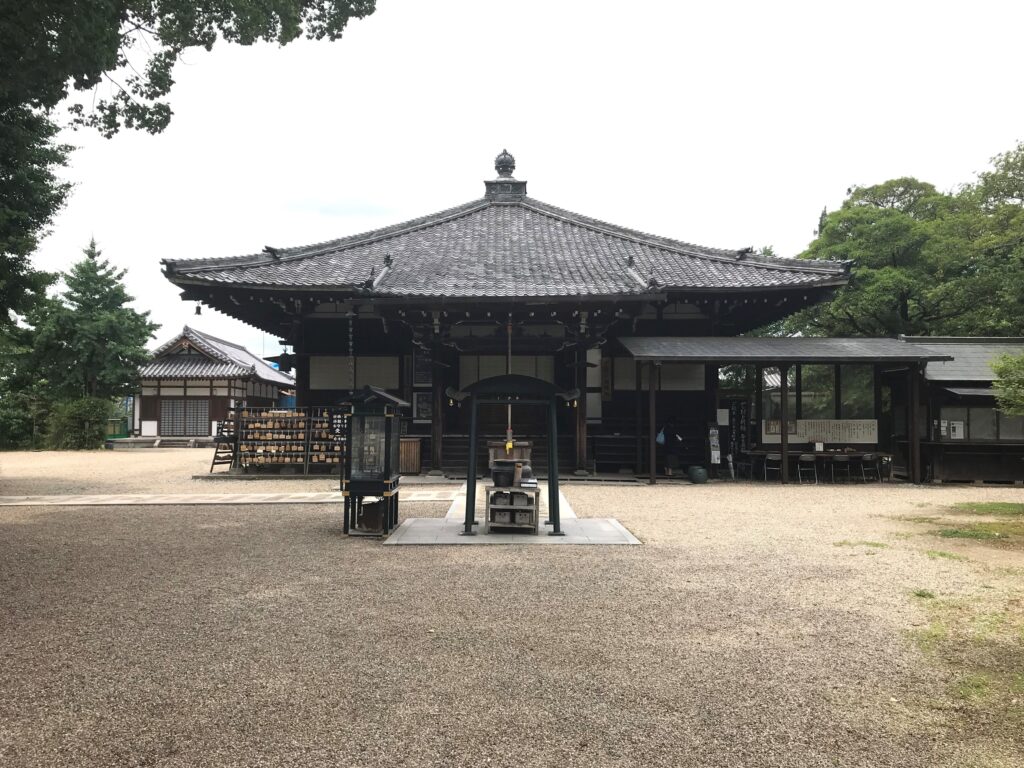
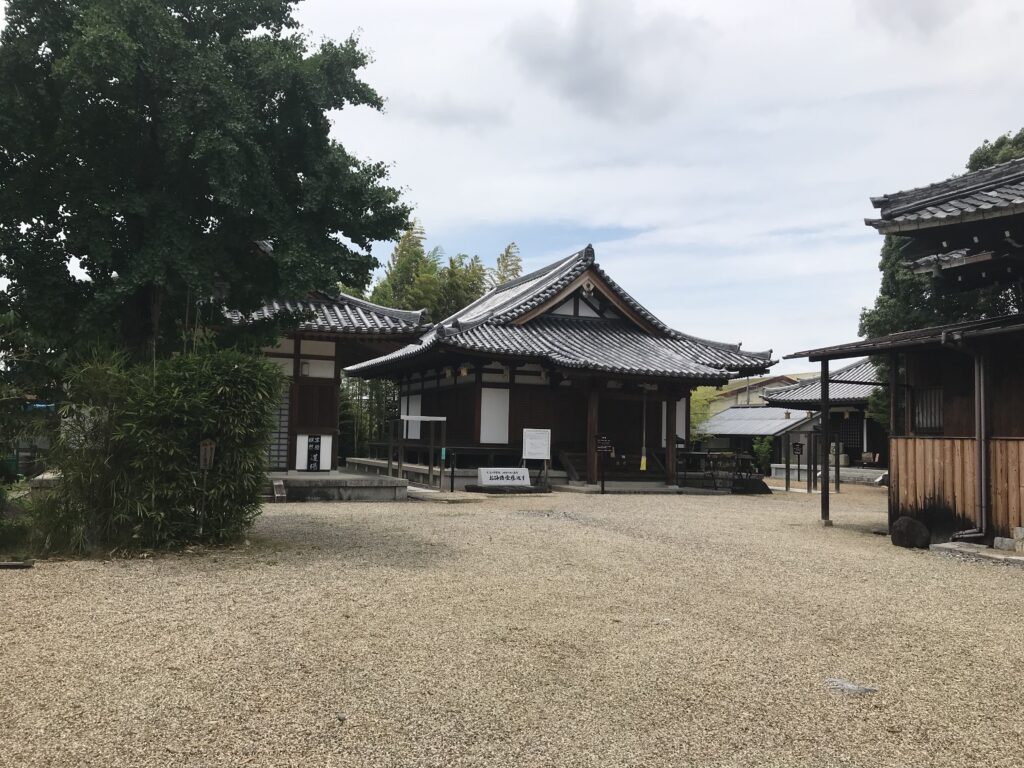
空海と同じ仏像を拝める感動
宝物殿に入ると、音声ガイドのボタンを押して、解説を聞きました。殿内は私一人のため、十分に時間をとって、中央の不空羂索観音立像を見ることができました。奈良時代の作品です。空海がまだ若い時に仏教をこの地で学んでいたころから存在する仏像ですから、きっと空海もこの仏像の前に立ったはずです。1000年以上の時を超えて、空海の場合と同じ仏像の前に立てたこと、それだけですごく感動を覚えました。(完)
大安寺の御朱印
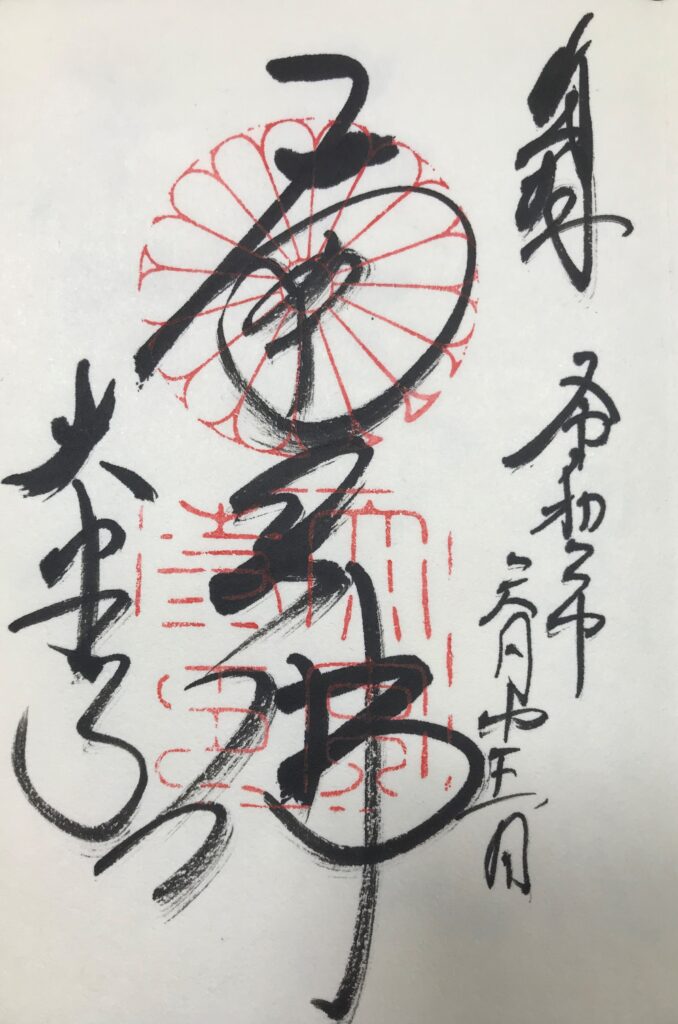
大安寺が紹介されている書籍
神仏霊場会の公式ガイドブックに大安寺が紹介されています。
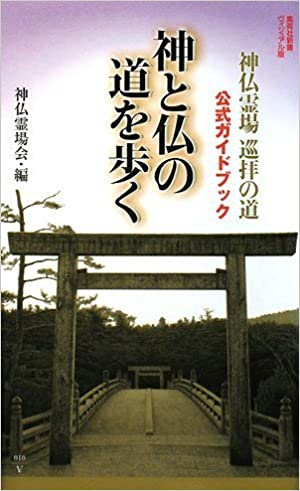
神と仏の道を歩く 神仏霊場巡拝の道公式ガイドブック (集英社新書ヴィジュアル版) [ 神仏霊場会 ]
価格:1,466円
(2021/5/6 09:24時点)
感想(5件)
Daian-ji Temple @ Nara Prefecture
Daian-ji Temple, known as one of the oldest temples in Japan, is said to have originally been the Kumagakuseisha, a prayer hall built by Prince Shotoku in the Heguri area. Later, it changed its name to Kudara-daiji, and during the Fujiwara-kyo period, it was renamed Takaichi-daiji, then Daikan-daiji, and flourished as the central temple of the Asuka period (710-794).
With the transfer of the capital to Heijo-kyo, it was moved to its present location and became Daian-ji Temple. Since then, the temple has carved out a history of more than 1,000 years. I first heard of Daian-ji Temple when I was researching Kobo-Daishi Kukai. It seems that he learned many things at this temple when he was a monk.
At that time, Daian-ji was a 250,000 m2 public complex with more than 90 buildings, where 877 monks lived and studied. It was a place of learning equivalent to a university today, where some monks came from overseas and where they could learn the latest studies. There were also two magnificent seven-story pagodas to the south of Nandaimon.
Unfortunately, today, the pagodas cannot be seen as they were in the past, but Buddhist statues from those days still remain. The principal image in the main hall is an eleven-faced Kannon (Goddess of Mercy) from the Heian period (794-1185), and prayers are offered daily to ward off cancer and other illnesses. The treasure hall, Sango-Den, houses the statues of Kannon (Amoghapasa), Yangyaku-Kannon, Sho-Kannon, and Shitenno (Four Heavenly Kings).
Upon entering the Treasure Hall, I pressed the button for the audio guide and listened to the commentary. Since I was the only one in the hall, I took enough time to see the standing image of Kannon (Amoghapasa) in the center of the hall. It is a work from the Nara period. I was very moved by the fact that I was able to stand in front of the same statue as in Kukai’s case, over 1000 years later. (End)
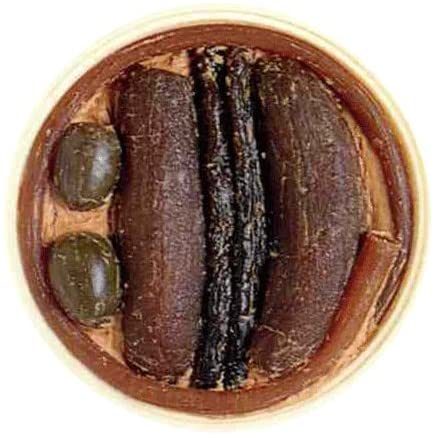
樽出し奈良漬け詰合せ N-80 (大森屋 漬物) お中元 お歳暮 ギフト
新品価格
¥8,640から
(2022/4/30 16:29時点)
Temple Daian-ji @ Préfecture de Nara
Le temple Daian-ji, connu comme l’un des plus anciens temples du Japon, aurait été à l’origine le Kumagakuseisha, une salle de prière construite par le prince Shotoku dans la région de Heguri. Plus tard, il a changé de nom pour devenir le Kudara-daiji, et pendant la période Fujiwara-kyo, il a été rebaptisé Takaichi-daiji, puis Daikan-daiji, et a prospéré comme temple central de la période Asuka (710-794).
Avec le transfert de la capitale à Heijo-kyo, il a été déplacé à son emplacement actuel et est devenu le temple Daian-ji. Depuis lors, le temple s’est taillé une histoire de plus de 1 000 ans. J’ai entendu parler du temple Daian-ji pour la première fois lorsque je faisais des recherches sur Kobo-Daishi Kukai. Il semble qu’il ait appris beaucoup de choses dans ce temple lorsqu’il était moine.
À cette époque, le Daian-ji était un complexe public de 250 000 m2 comprenant plus de 90 bâtiments, où 877 moines vivaient et étudiaient. C’était un lieu d’apprentissage équivalent à une université d’aujourd’hui, où certains moines venaient de l’étranger et où ils pouvaient apprendre les dernières études. Il y avait également deux magnifiques pagodes à sept étages au sud de Nandaimon.
Malheureusement, aujourd’hui, les pagodes ne sont plus visibles comme autrefois, mais les statues bouddhistes de l’époque sont toujours là. L’image principale du hall principal est une Kannon (déesse de la miséricorde) à onze visages datant de la période Heian (794-1185), et des prières sont offertes quotidiennement pour éloigner le cancer et d’autres maladies. La salle du trésor, Sango-Den, abrite les statues de Kannon (Amoghapasa), Yangyaku-Kannon, Sho-Kannon et Shitenno (quatre rois célestes).
En entrant dans la salle du Trésor, j’ai appuyé sur le bouton de l’audioguide et écouté le commentaire. Comme j’étais la seule personne dans la salle, j’ai pris le temps de voir l’image debout de Kannon (Amoghapasa) au centre de la salle. Il s’agit d’une œuvre de la période Nara. J’ai été très ému par le fait que j’ai pu me tenir devant la même statue que celle de Kukai, plus de 1000 ans plus tard. (Fin)
